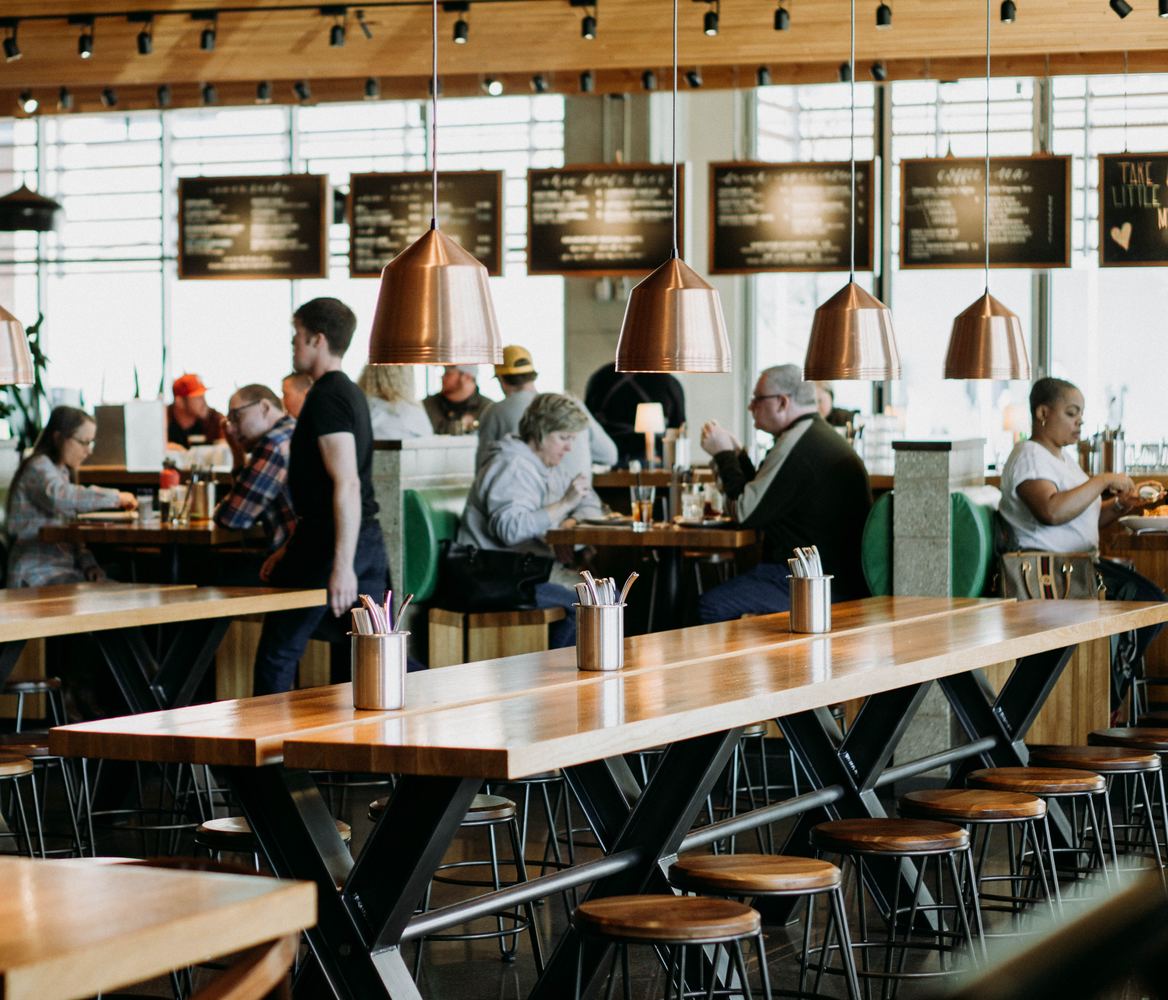Two Swiss ecopreneurs are using digital tech to help food outlets track, visualise and analyse what they’re throwing away – in a bid to reduce food waste and cut costs too.
We’re all aware of it by now: food waste is a global problem. According to the FAO, each year 1.3 billion tons of food ends up in the bin – that’s a third of all food produced. In the EU, a huge 70 per cent of that food waste occurs in homes, restaurants and canteens. We let food waste in our fridges, we cook more than we are able to eat and we do not finish our meals at restaurants…
“We see that by growing the awareness in commercial kitchens we can start to inform companies and individuals of the benefits of reducing waste from a cost and environmental perspective,” says Naomi MacKenzie. She and Anastasia Hofmann are the founders of KITRO, a smart bin system, fitted with sensors and visual recognition software that is helping restaurants and food outlets reduce their food waste.
Having worked in the food service industry and in kitchens, both founders realised how much edible food was being thrown away daily and wanted to do something about it, coming up with a completely-automated, intuitive method of cutting waste that doesn’t interrupt the work flow. “We are committed to bringing an innovative solution to food waste, integrating technology into kitchen operations of canteens and restaurants, and giving actionable insights to the issue of food waste. This is the first time you can increase profit margins and reduce avoidable waste through accurate allocation of costs and identification of main sources of waste,” Naomi explained.
KITRO’s software tracks and measures all of the food waste that is thrown into the bin throughout the day, and creates detailed food waste reports that help restaurants and food outlets get a full understanding about their waste: what it is comprised of, what the main sources are and where the main issues lie. Once the company has this information, it can take steps to change its workflow and become more efficient.
Right now the company is running pilot projects throughout Switzerland. “Currently we have worked with hotels, restaurants, staff canteens and universities. We see that the solution can be used by most commercial kitchens, but that it has the biggest benefits for outlets producing in larger quantities – so hospitals, schools and larger restaurants – and can achieve the greatest savings as a result of the high levels of waste.”
Where does the majority of the waste come from? “Mostly we see overproduction and over-plating as the biggest sources of waste, especially in buffets,” Naomi explains.
After the success during its project pilots, KITRO is set to be available in Switzerland from 2019, and from there, the plan is to expand into neighbouring European countries.
For other digital solutions to the food waste problem, check out our Act Now article on reducing your own food waste footprint.






